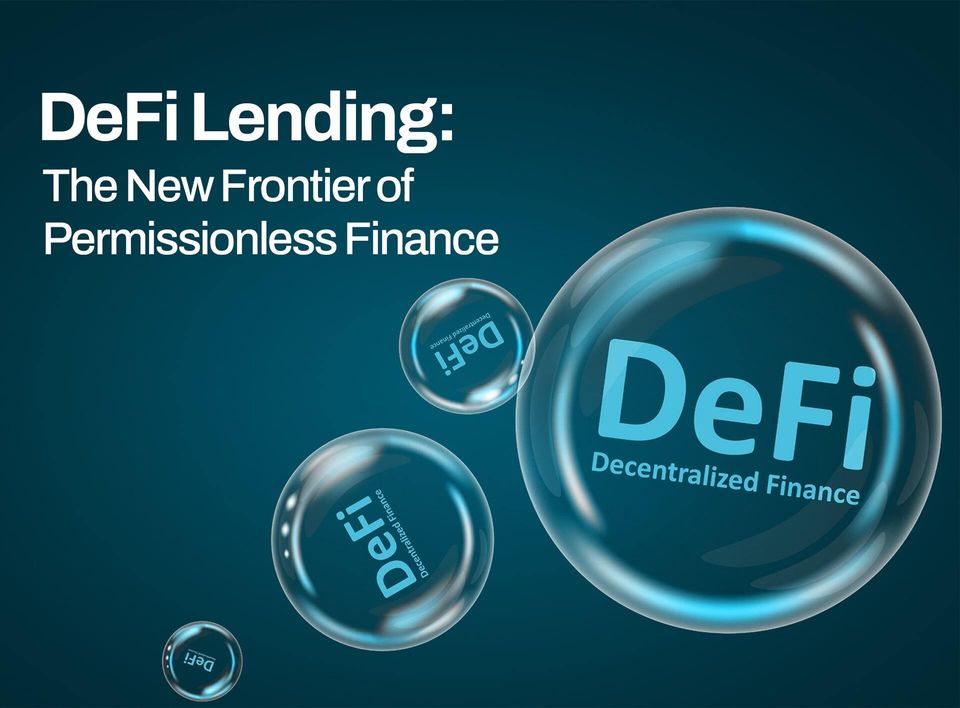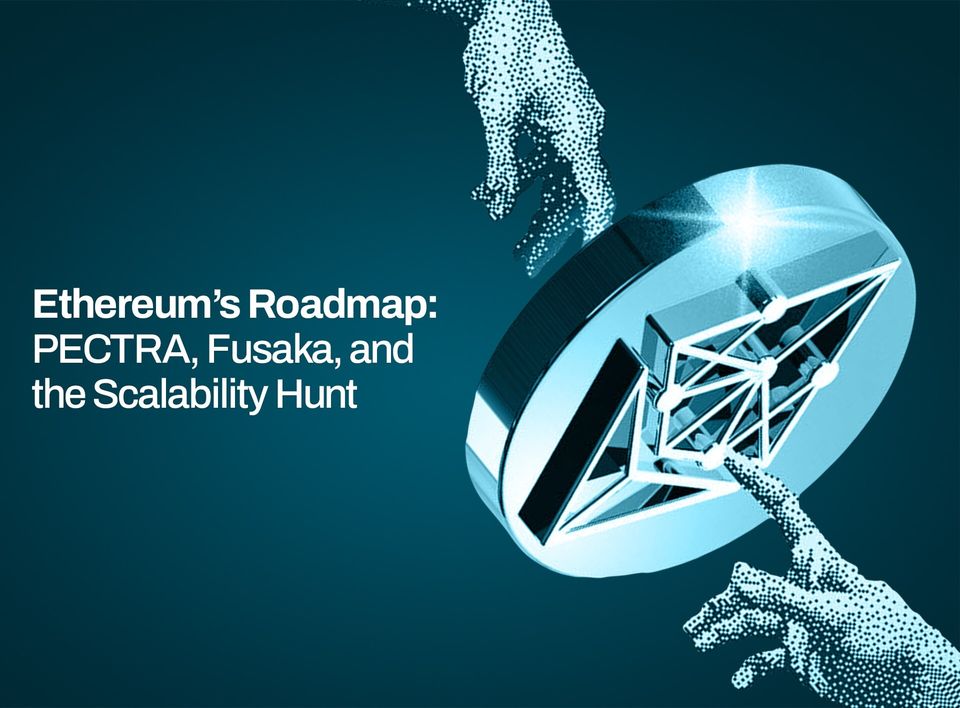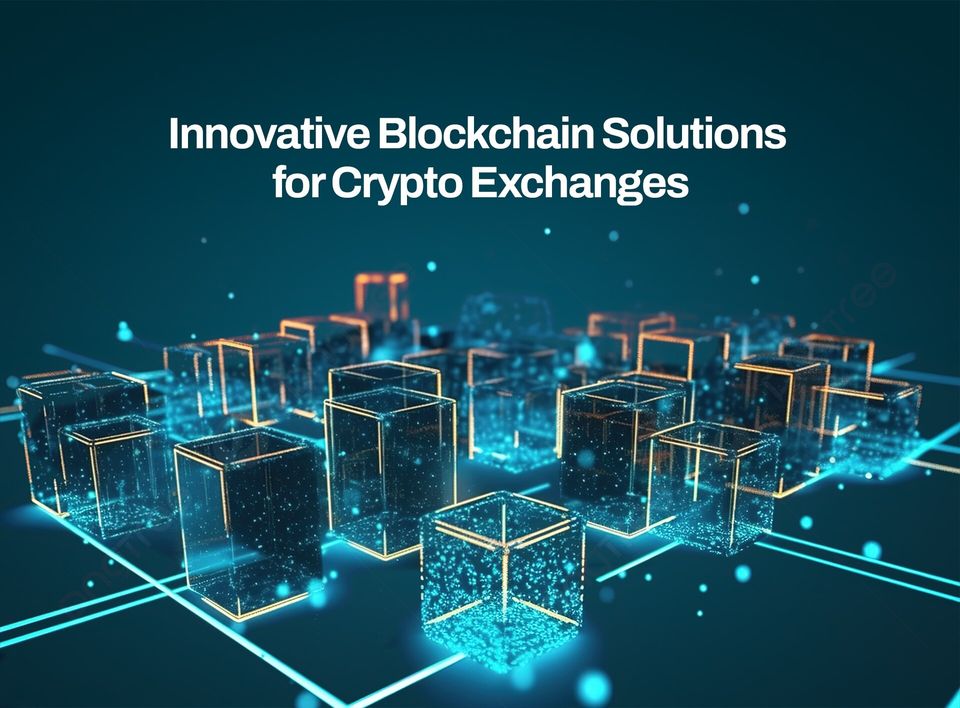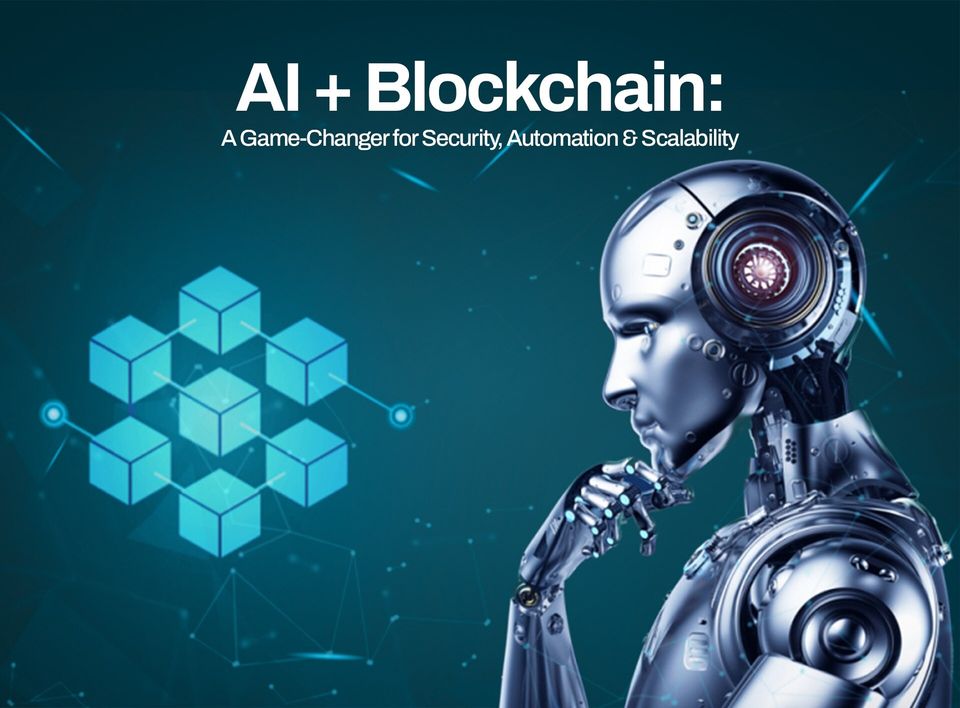What is a Decentralised Autonomous Organisation (DAO)?
DAOs are blockchain-based communities with no central authority. Learn how they work, their benefits, and how they’re shaping the future of governance in crypto.
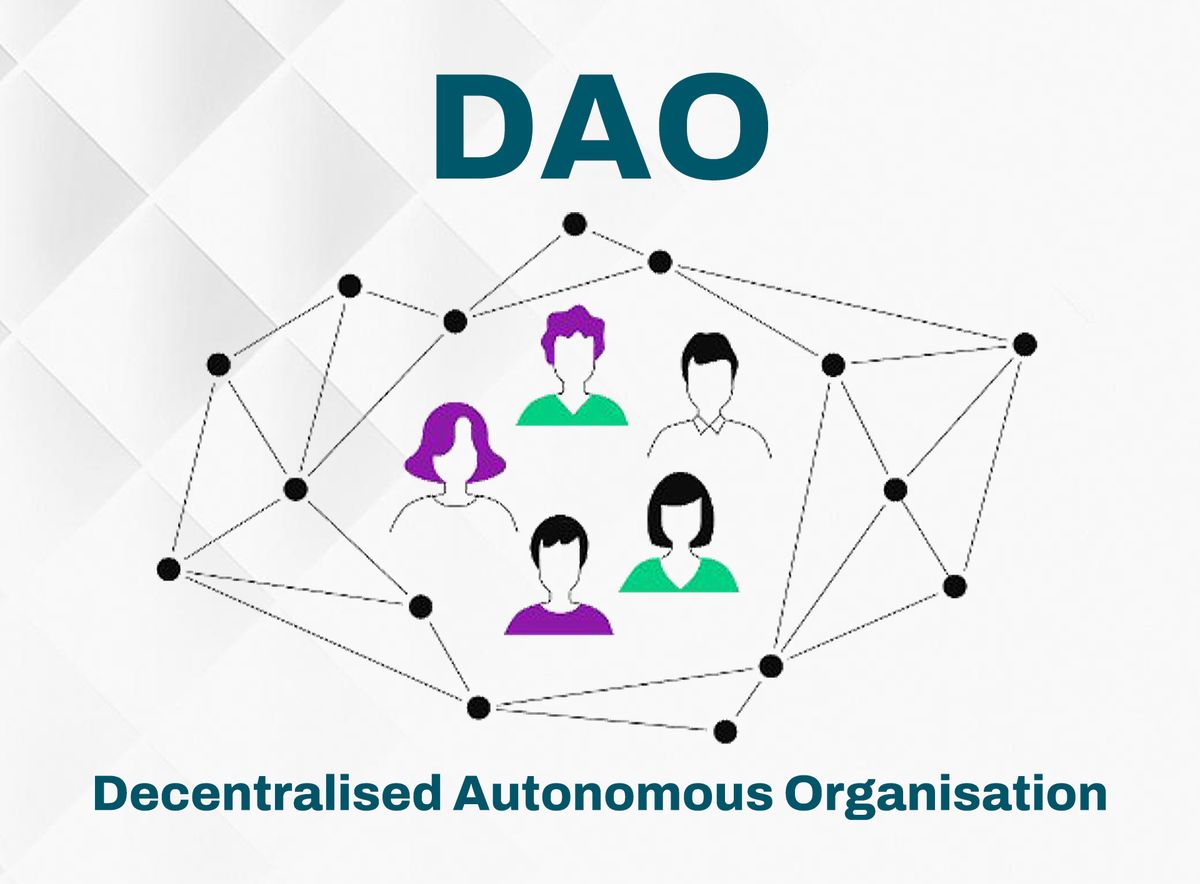
Table of Contents
- What is a decentralised autonomous organisation?
- How does a decentralised autonomous organisation work?
- Why do Cryptocurrency, Blockchain and Web 3 need decentralised autonomous organisations (DAOs)?
- Examples of Decentralised Autonomous Organisations (DAOs)
- Benefits of Decentralised Autonomous Organisations (DAOs)
- Challenges of Decentralised Autonomous Organisations (DAOs)
- FAQs
What is a decentralised autonomous organisation?
A decentralised autonomous organisation (DAO) is a type of management structure that operates without a central governing authority.
Unlike traditional organisations with a hierarchical structure, a decentralised autonomous organisation (DAO) is decentralised. Think of a DAO as a team of friends working together without a leader telling them what to do. Instead, they use blockchain technology and smart contracts to make decisions.
Decentralised autonomous organisations became popular when cryptocurrencies and blockchain technology started to catch on.
In a DAO, decision-making power is distributed among its members. Every member has a say in how things are run, and they all work towards a common goal and try to make choices that are best for the organisation. Members can vote on different ideas, such as deciding where to spend money and managing the organisation's tasks.
How does a decentralised autonomous organisation work?
A decentralised autonomous organisation (DAO) works by using a special computer code called smart contracts. These contracts are like a set of rules that automatically execute when certain conditions are met. DAOs are usually built on blockchains like Ethereum.
These smart contracts establish the guidelines and rules for the DAO. People who are part of the DAO and own a stake in it have the power to vote and decide how the organisation should work. They can also create new proposals for the DAO to consider.
To prevent too many proposals from overwhelming the DAO, a majority of the stakeholders need to approve a new proposal for it to be accepted. Each DAO can decide how they determine this majority, and it is usually written in the smart contracts.
DAOs are designed to be self-governing and transparent. Because they are built on blockchains, anyone can see and review the code that runs the DAO. Additionally, all the financial transactions made within the DAO are recorded on the blockchain, making them visible for everyone to check and audit if necessary.
When launching a decentralised autonomous organisation (DAO), there are usually three main steps:
1. Creating the smart contract: In this step, a developer or team of developers creates the smart contract that will govern the DAO. These contracts contain the rules and guidelines for the organisation. Once the DAO is launched, the developers can only make changes to these rules with the approval of the DAO's governance system. So, they must carefully test and ensure the smart contracts are working as intended.
2. Getting Funding: After the smart contracts are created, the DAO needs a way to receive funding and establish its governance. One common method is to sell tokens, which represent ownership in the DAO. Through token sales, the DAO can raise funds, and token holders usually have the right to vote on important decisions.
3. Deploying the DAO: Once everything is set up, the DAO is deployed on the blockchain. This means the smart contracts and associated governance mechanisms are put into action. From this point onward, the organisation's future is determined through the decision-making power of the stakeholders. It's important to note that even though the creators of the smart contracts initially set up the DAO, they have no more influence over the DAO's direction than other stakeholders. All decisions are made collectively.
Why do Cryptocurrency, Blockchain and Web 3 need decentralised autonomous organisations (DAOs)?
Cryptocurrency, Blockchain, and Web 3.0 technologies are all about decentralisation and removing the need for intermediaries. DAOs, or Decentralized Autonomous Organisations, fit perfectly into this narrative.
DAOs work as management structures and organisations that use blockchain and smart contracts for operations and decision-making.
One of the main benefits is that with DAOs, trust between parties is minimised. In traditional organisations, trust is usually placed in the people behind the organisation, such as the management team or board of directors. However, with DAOs, trust is primarily placed in the code itself. This trust in the code is easier to establish, as the code is publicly available and can be thoroughly tested before the DAO is launched. Once operational, the community must approve any actions taken by the DAO, ensuring transparency and accountability.
Another advantage of DAOs is their non-hierarchical structure. Unlike traditional organisational decision-making, DAOs enable stakeholders to have a say in the organisation's decision-making process. Through the DAO's native token, stakeholders can propose and improve upon innovative ideas collaboratively. Disputes within a DAO can often be resolved through voting systems that follow pre-defined rules in the smart contract.
Finally, DAOs offer the opportunity for investors to combine funds and invest in early-stage startups and decentralised projects. By doing so, investors can share the risks and potential profits that arise from these ventures. This collective investment approach aligns with the principles of decentralisation, which are a core part of Web 3, Cryptocurrency and Blockchain.
Examples of Decentralised Autonomous Organisations (DAOs)
Decentralised Autonomous Organisations provide an innovative way for people to come together and achieve their goals through collective action and decentralised decision-making.
Here are some examples of DAOs:
1. The DAO: This was the first-ever DAO created to form a decentralised venture capital fund. It raised $150 million from the Ethereum community. However, it faced a security breach, and the funds were returned to the investors with the help of the community.
2. ConstitutionDAO: This DAO aimed to purchase an early copy of the U.S. Constitution at an auction. It managed to raise $47 million in just one week. Unfortunately, they lost the auction, but each participant was given a refund minus a small transaction fee.
3. CityDAO: This DAO purchased 40 acres of land in Wyoming, United States, showing how DAOs can even buy property.
4. FreeRossDAO: Created to fund a legal defence for Ross Ulbricht, the creator of Silk Road, an illicit goods trading website. The DAO aimed to win pardon for Ross Ulbricht through lawful means.
5. AssangeDAO: This DAO leveraged non-fungible tokens (NFTs) to raise funds for Julian Assange's legal defence. Julian Assange is the founder of WikiLeaks and faced charges related to the U.S. Espionage Act.
6. MakerDAO: In this case, the DAO established a unique decentralised bank where decisions were made through voting based on consensus.
Benefits of Decentralised Autonomous Organisations
Here are some of the benefits a decentralised autonomous organisation can offer:
1. Decentralisation: In a DAO, decisions are made collectively by a larger group of individuals instead of a small number of people or a central authority like a CEO or board. This spreads authority and decision-making power across a wider range of participants, making the organisation more democratic.
2. Participation: DAOs empower individuals within the organisation by giving them a direct say and voting power in all matters. Even if their voting power might not be as strong as others, it encourages token holders to actively participate by casting votes, using or burning tokens, and contributing to the entity's decision-making process.
3. Publicity: In a DAO, votes and decisions are recorded on a public blockchain, which means they are visible to everyone. This transparency encourages participants to act in ways they believe are best for the organisation. It also encourages actions that can enhance their reputation within the community and discourages actions that go against the collective interest.
4. Community: DAOs foster a sense of community by bringing people from different parts of the world together to work towards a common vision. Through the Internet, token-holders can engage and collaborate with other owners regardless of their geographical location.
Challenges of Decentralised Autonomous Organisations
While decentralised autonomous organisations have their benefits, it's important to acknowledge some potential challenges they can face:
1. Speed: Compared to traditional organisations where a CEO can make quick decisions, DAOs require the participation of all users, leading to longer voting periods. Coordinating votes across different time zones and dealing with diverse priorities can slow down decision-making processes.
2. Education: DAOs need to educate a larger group of stakeholders about entity activities, initiatives, and incentives. Unlike a single CEO who can stay informed, tokenholders may have varying backgrounds and levels of understanding. It can be a challenge to ensure everyone is well-informed and on the same page.
3. Inefficiency: Due to the need for extensive coordination and education, DAOs can become inefficient. The time spent on discussions and administrative tasks may outweigh the time spent implementing actual changes. A DAO may face difficulties in efficiently moving from ideas to actions.
4. Security: DAOs are susceptible to security risks like any digital platform. Implementing a DAO requires technical expertise to ensure the validity of votes and decision-making processes. If trust in the entity's structure is compromised, users may lose confidence and leave. Despite security measures like multi-sig or cold wallets, DAOs can still be vulnerable to exploitation and theft.
To Recap
- Decentralised autonomous organisations (DAOs) provide an innovative and transparent way to organise and manage projects, investments, and communities within the cryptocurrency, blockchain, and Web 3.0 ecosystem.
- DAOs offer the potential for greater inclusivity, risk sharing, and efficient decision-making.
FAQs
Q: What is an example of a decentralised autonomous organization?
A: An example of a decentralised autonomous organization is "The DAO." It was the first-ever DAO created to form a decentralized venture capital fund, raising $150 million from the Ethereum community. Despite facing a security breach, the funds were eventually returned to investors with community support.
Q: What is an example of an autonomous organisation?
A: "MakerDAO" is an example of an autonomous organization. It established a decentralized bank where decisions were made through voting based on consensus, showcasing autonomy by allowing stakeholders to actively participate in decision-making without a central authority.
Q: What is a DAO and how does it work?
A: A decentralized autonomous organisation (DAO) is a management structure operating without a central governing authority, utilising blockchain technology and smart contracts for decision-making. DAOs work through smart contracts that automatically execute predefined rules, enabling stakeholders to vote on proposals and decisions in a transparent and democratic process.
Q: What are the benefits of a Decentralised Autonomous Organization?
A: The benefits of a DAO include decentralisation, active participation, transparency through public blockchain records, and the fostering of a global community.
Q: What is the difference between DAO and blockchain?
A: A DAO is a management structure, while a blockchain is a decentralised and distributed ledger technology. DAOs often use blockchain technology to ensure transparency and immutability in decision-making processes.
Q: What is the purpose of a DAO?
A: The purpose of a DAO is to provide an innovative and transparent way to organize and manage projects, investments, and communities within the cryptocurrency, blockchain, and Web 3.0 ecosystem. DAOs aim to achieve greater inclusivity, risk-sharing, and efficient decision-making.
Q: What are the disadvantages of a DAO?
A: Disadvantages of DAOs include slower decision-making, the need for extensive education efforts, potential inefficiencies due to coordination, and susceptibility to security risks, leading to a loss of user confidence.
Q: What are the risks of a DAO?
A: Risks of a DAO include security vulnerabilities, compromised trust, challenges in coordinating votes across time zones, and potential inefficiencies in translating ideas into actions.
Q: What are the limitations of a DAO?
A: Limitations of DAOs include slower decision-making, challenges in ensuring all stakeholders are well-informed, potential inefficiencies in implementing changes, and inherent security vulnerabilities despite protective measures.
Q: How do DAOs make money?
A: DAOs can raise funds through methods like token sales, where tokens representing ownership are sold. These funds support the organization's operations and investments. Additionally, DAOs may generate revenue through collective investments in projects, startups, or ventures within the decentralized ecosystem.
Disclaimer: This article was written to provide guidance and understanding. It is not an exhaustive article and should not be taken as financial advice. Obiex will not be held liable for your investment decisions.

